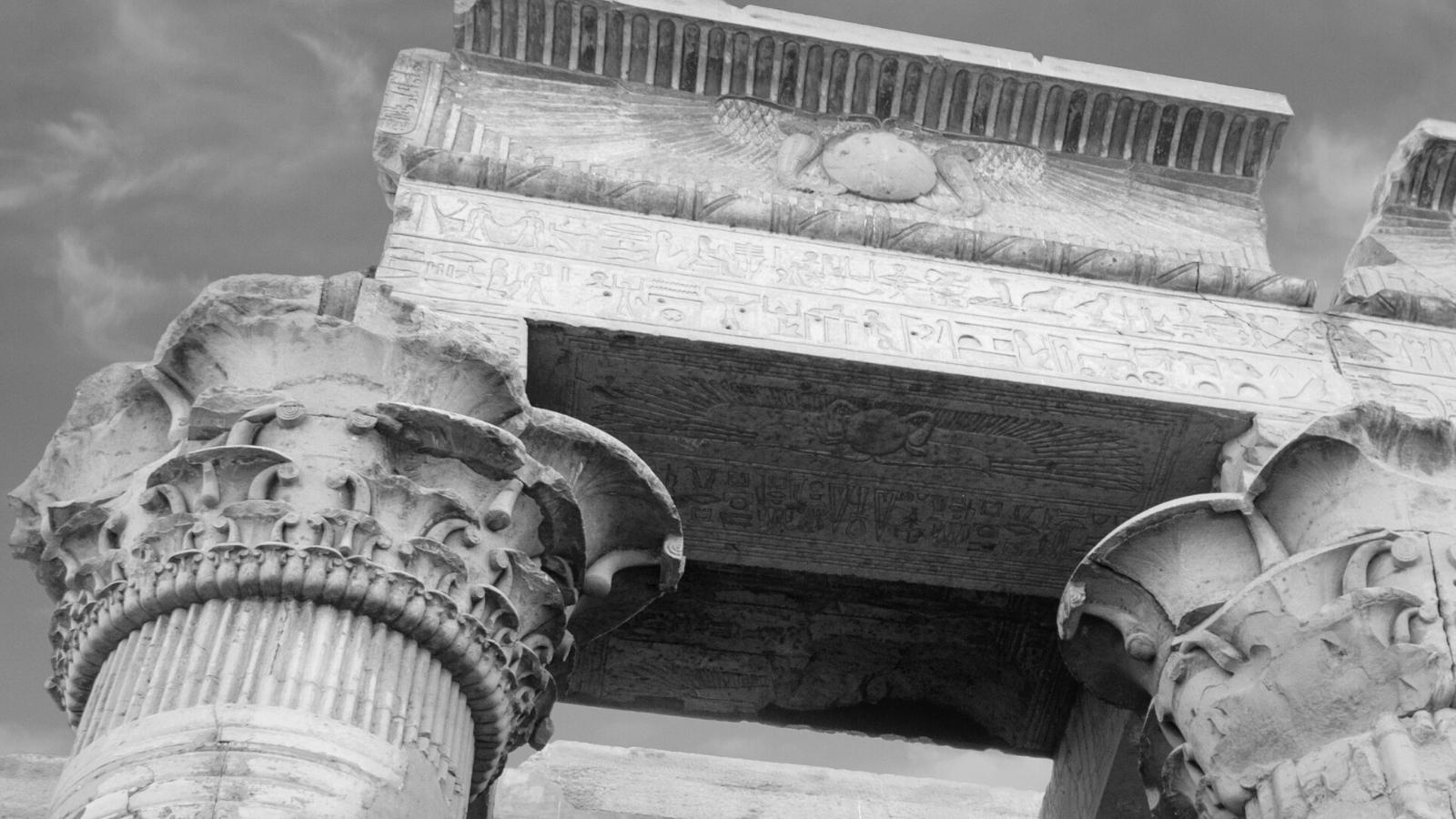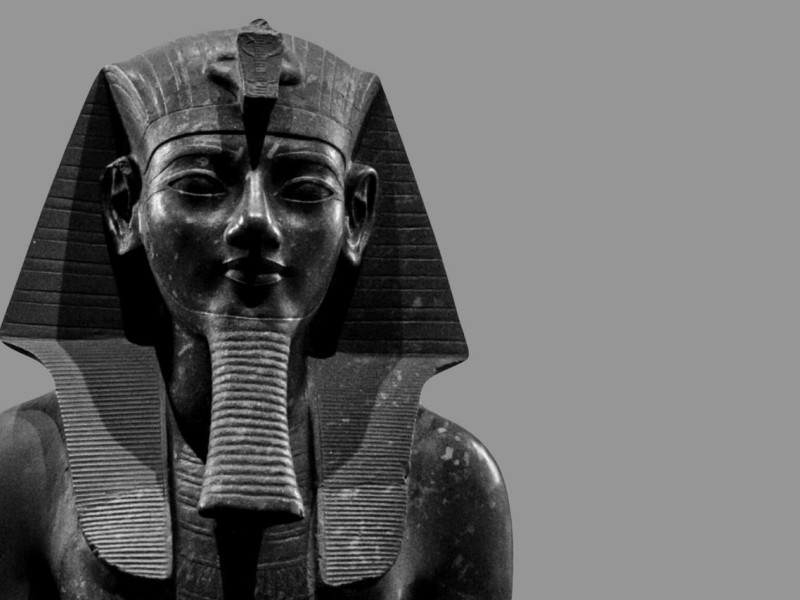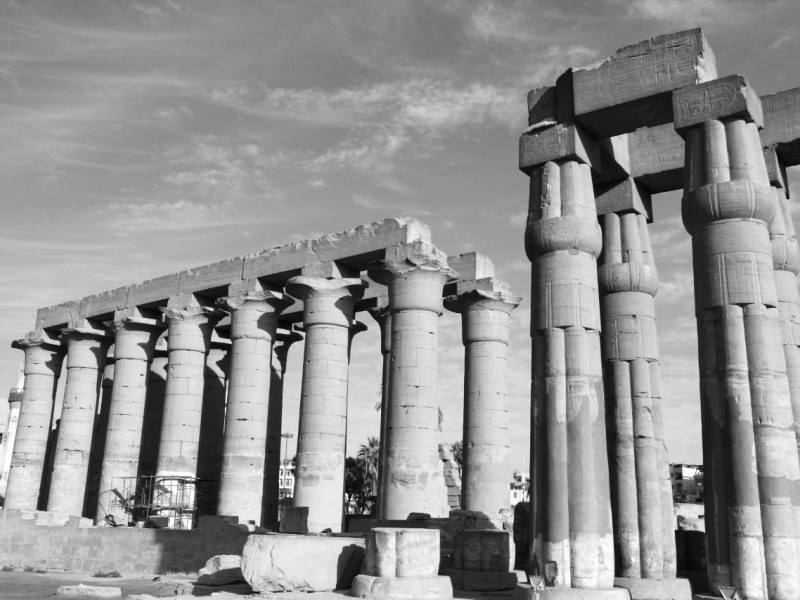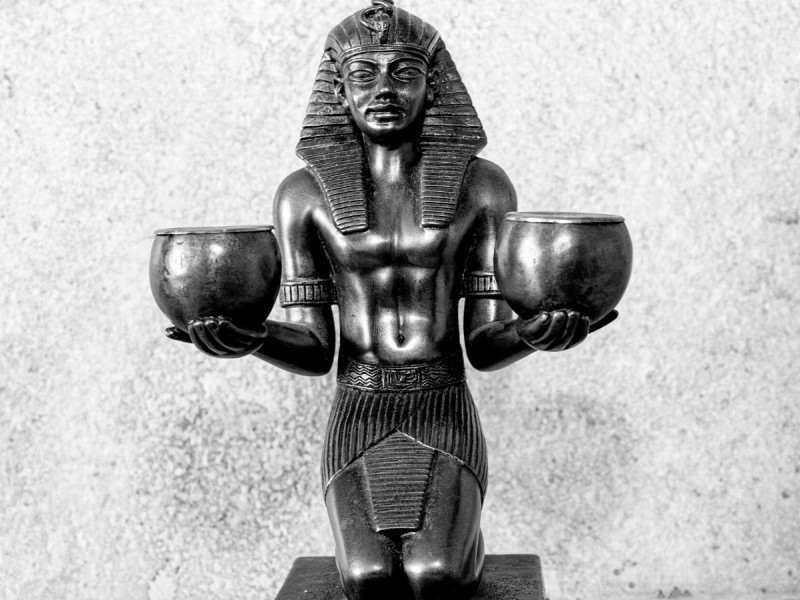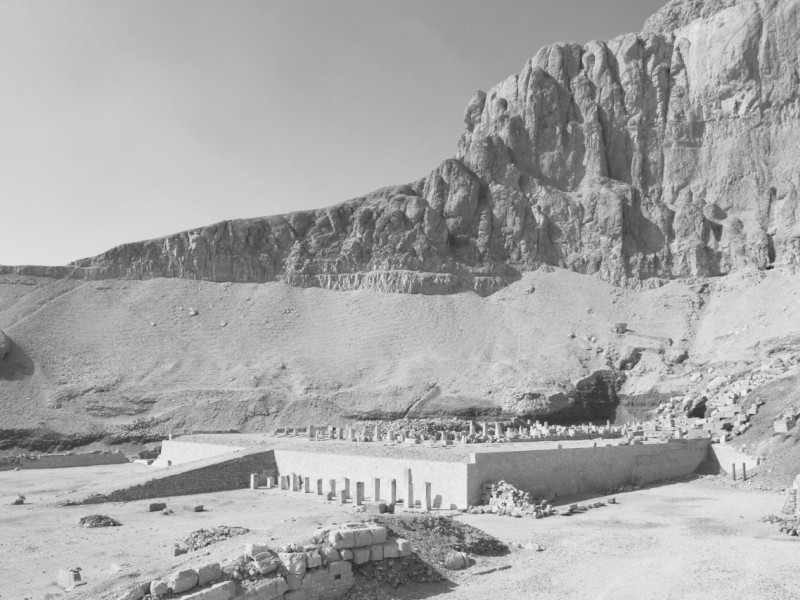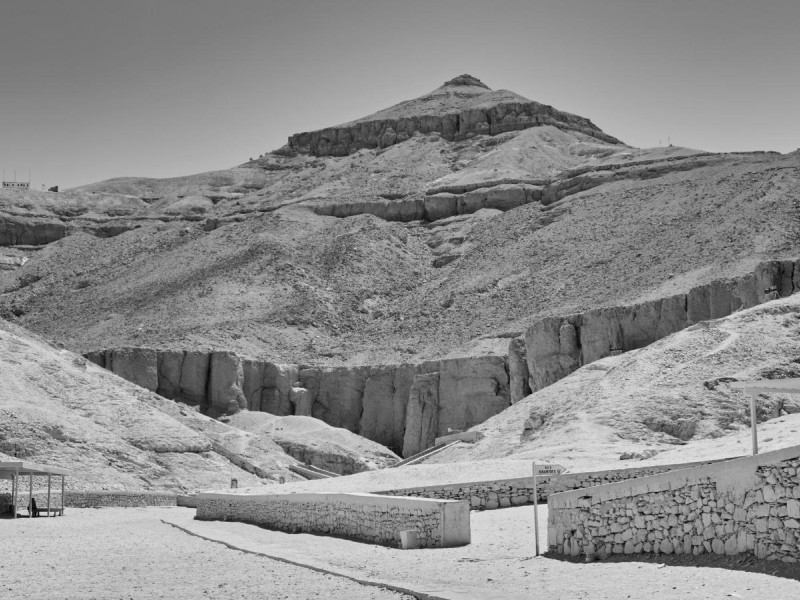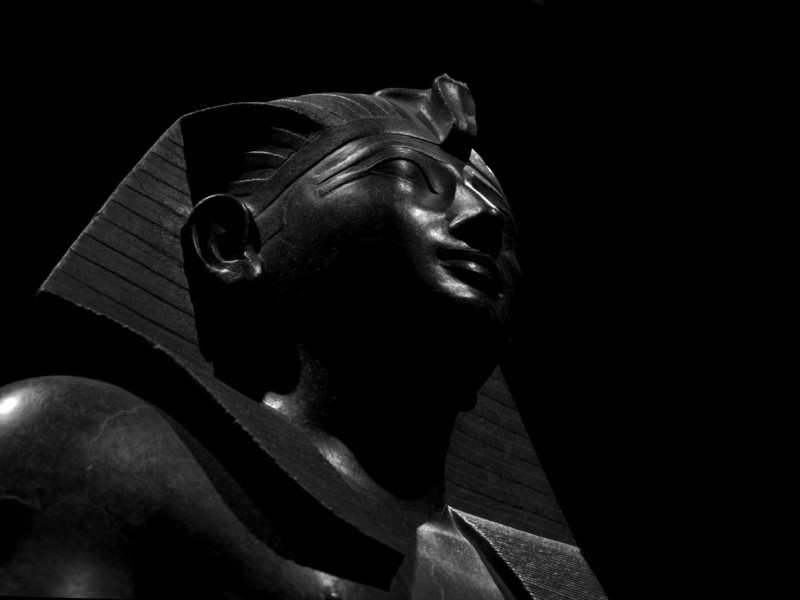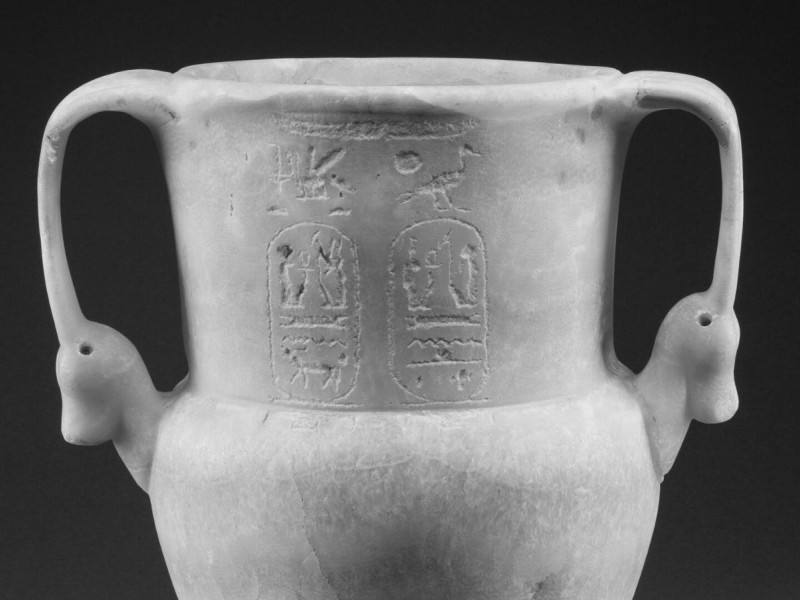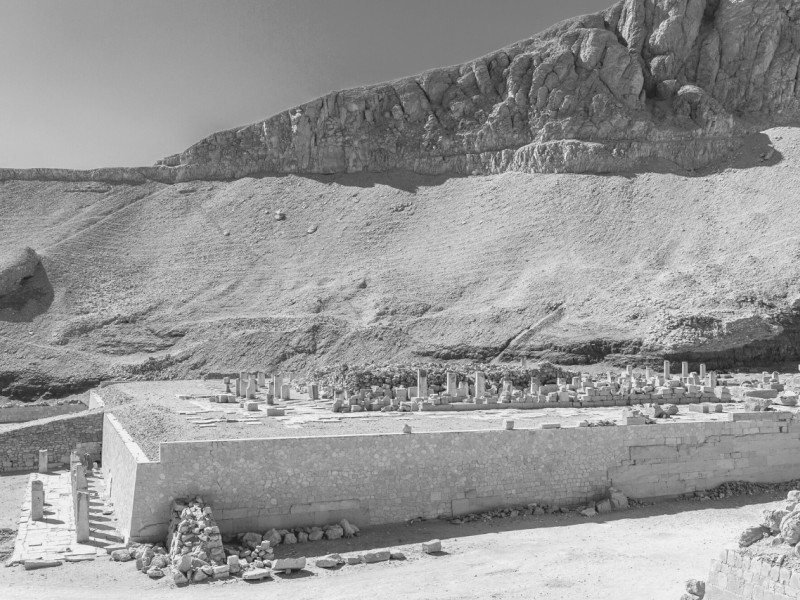Amenemhat III: Economic Prosperity Blossomed in Egypt
Amenemhat III ruled Egypt and is known to have excelled in military, agriculture, culture, and economics. He rose to power as the sixth king of the 12th dynasty, with his father, Senusret III, as his coregent. Known for his innovations and economic developments, Amenemhat III’s reign was remarkable and worthy of emulation.
Historians all agree that Egypt gained economic prosperity during the time of Amenemhat III.
A significant part of his leadership was marked by a persistent military campaign and brilliant domestic policies, which also covered nations under his control, such as Nubia. For 45 years, his authority symbolized stability all across the country, while his military control was undeniably a formidable one. You can read the entire history of Egypt and find facts supporting his prestige and power.
Who Was Amenemhat III?
Amenemhat III (1818–1770 BC) came from a royal family of rulers. He succeeded his father, Senusret III, on the throne. According to several sources, he served as coregent for 20 years and then ruled on his own until the remaining years of his term that lasted 45 to 48 years. His sisters included Senetsenbetes, Menet, Mereret, Sithathor, and Khnemet.
He married Aat and Khenemetneferhedjet, and there was a strong probability that he had Hetepti as his third wife. His only daughter was Neferuptah, who was believed to have been trained as the heir to the throne. You might want to know that his first wives were buried in his sacred pyramid in Dahshur.
You can also add two of his children to succeed in his reign. Amenemhat IV and Sobekneferu were chosen to lead Egypt after their father’s term. More members of the royal family were considered as his daughters, but such information has not yet been verified. They were Sithathor, Nubhotep, and Hathorhotep, who appeared without accurate evidence that they were children of King Amenemhat III.
Amenemhat III and His Reign
It is believed that his opulent kingdom progressed because of his domineering approach in the military. His tremendous power was feared by other nations, and he made sure that his people would benefit from his offensive military campaigns in Nubia, particularly when he began ruling a solid and prosperous country alone.
You might be awed by his accomplishments as a ruler because he initiated the expansion of buildings, temples, chapels, and statues. Likewise, he was instrumental in the construction of the pyramids at Hawara and Dahshur.
Amenemhat III was a great builder. To support his ambitious engineering projects, he made use of the quarries at Nile and Sinai, where he discovered precious minerals, such as turquoise, limestone, red granite, alabaster, diorite, amethyst, and copper. He learned to trade these resources and used them as embellishments in his pyramids and temples.
Amenemhat III as a Coregent
Senusret III was in his 20th year on the throne when he appointed his son, Amenemhat III, as his coregent. This succession was believed to be political because the old king wanted to expand his kingdom in terms of territory and power.
The father and son’s teamwork was instrumental to the expansion of Egypt. Specifically, they promoted a fierce military campaign against the subversive attempts of tribal men from Nubia, Syria, Palestine, and other perennial enemies of Egypt.
You can unveil pieces of evidence supporting the report that Amenemhat III and his father, Senusret III, marshalled a golden era in Egypt. It was symbolized by fearless campaigns, including the killing of men, the exploitation of women and their children, as well as the total burning of their cities.
Amenemhat III had the goal of conducting an incomparable military expedition. He started it by appointing governors in faraway cities under his power. Believing that these governors could serve as arms of his kingdom, the young king worked hard to empower the governors, who later on served as his allies.
A massive part of his military power was the immortalization of another leader during his time. Whether it was true or not, Sesostris was described by historians as a legendary character during the time of Amenemhat III. Based on the writings of Herodotus, a great historian, Sesostris was an Egyptian leader who pursued military expeditions in Europe.
With Sesostris’ might, he was able to subdue several cities in Asia Minor. Then, he turned west to invade parts of Europe. However, Herodotus also mentioned that Sesostris was believed to be a legendary character only made up by priests.
Egypt at the time of Amenemhat III was popularly ruled by coregents. Kings wanted to have a smooth transition of power. For this reason, they normally appointed their chosen heirs as co-rulers to train them in the position.
Did you know that this practice made the Middle Kingdom more prosperous, primarily due to the successor’s familiarity with royal duties before he formally ascended to the throne?
Legacy of Amenemhat III
Senusret III was able to manage a peaceful country with dependable economic and political power, and it was inherited by Amenemhat III. Everyone in Egypt knew that the most opulent time in their history happened during the reign of Amenemhat III.
His exploration of the Nile River produced much wealth due to the quarries, which resulted in the trade of precious stones that were essential at that time because of the extensive building projects of royal families.
Amenemhat III made himself famous for his building programs, which included the expansion of the temples of his revered goddess Hathor, the wife of Horus and the goddess of the earth. Amenemhat III paid homage to her in her sophisticated temples because, as the Eye of Ra, he believed in her ability to protect him from his enemies.
The king also established monuments in the region of Khatana to symbolize his immense authority in far-flung areas. You could not measure his desire to build an imperial name in the entire country and the neighboring kingdoms.
Hence, it was important for him to build temples at strategic locations, such as building an enormous temple in Quban during the Middle Kingdom. He also fortified the construction of the fortresses at Semna.
It is good for you to know these engineering works to validate the power of Amenemhat III. For example, there were three forts at Semna located 15 miles in the southern region of Wadi Halfa. Its southern part was approximately one kilometer south of the west bank of the Nile River.
Amenemhat III also built a significant temple in Faiyum in honor of Sobek. It’s considered a landmark for his kingship, and its enormous size symbolized his massive power and fame. Meanwhile, Sobek was a famous god of fertility and power, including military expertise.
Kings in ancient times were known followers of Sobek to protect their kingdoms from their enemies. Amenemhat III was one of those who adored Sobek. You should also know about the enormous statues Amenemhat III made for himself. They measured 12 meters tall.
The legacy of Amenemhat III is immortalized in the excavation of Lake Moeris. He thought that it was necessary to redirect the water of the Nile to avoid its unexpected inundation every year. He earned the people’s respect for his developmental plans that paved the way for economic progress in the country.
Amenemhat III sealed his power by building two pyramids in honor of his name. He’s the second king, the other being Khufu, to build two pyramids for himself in the long annals of Egyptian history. The famous pyramids of Amenemhat III are located in Hawara and Dahshur.
To give you an idea about the well-recognized pyramid at Dahshur, you must know that it’s called the Black Pyramid, meaning Amenemhat III is mighty. The pyramid of Amenemhat III was built to emphasize his royal power. The early builders during his time used mudbricks for the core of the pyramid. They also employed limestone blocks and granite for the top.
The pyramid measured 105 meters in base length and 75 meters in height. According to many archeologists, the Black Pyramid was originally intended to house the king and his wives. Ancient people called it the Black Pyramid because of its dark appearance as the rubble decayed.
Proudly standing in front of the pyramid was a simple mortuary temple with a hall for offerings. You have probably heard that the wives of Amenemhat III were buried in this pyramid to honor them. Unfortunately, the tomb of Amenemhat III was built somewhere else.
The family of Amenemhat III decided to find another place for his burial because when he died, they discovered damage to the pyramid caused by the groundwater that entered the base. Known for their engineering skills, ancient Egyptian leaders began renovating the sacred pyramid of Amenemhat III. They aimed to protect the pyramid from collapsing.
Amenemhat III’s Leadership
The prestigious reign of Amenemhat III was made possible by his loyal leaders. His vizier, Kheti, served him for 29 years. Great people, including Khnumhotep, led the house of Amenemhat III to victory. He remained in the government for more than three decades.
When Khnumhotep died, he was given a royal burial befitting a prince. His many titles included: royal seal-bearer and high official. In addition, Ikhernofret faithfully served King Amenemhat III as the treasurer of Egypt during the Middle Kingdom.
Sasetet was the chief of staff of the treasurer, and he worked for Ikhernofret to protect the treasury of Egypt. They were some of the key leaders during the reign of Amenemhat III, and they all served the king with all of their strength.
Owing to their dedication, Egypt prospered with incomparable might during their time. You may say that the success of Amenemhat III was because of these loyal officials.
Conclusion
Here are a few notable points you need to remember about Amenemhat III:
Amenemhat III ruled Egypt as coregent with his father, Senusret III.
Both of them were the driving forces behind the progressive development of Egypt during the Middle Kingdom.
Amenemhat III focused on the economic and military progress of the country, which gave him a victorious legacy in ancient times.
As a trained leader and warrior, Amenemhat III started his military campaign against Nubia, Syria, and Palestine.
He rallied the entire country toward economic prosperity despite the frequent flooding of the Nile and the famine that ruined people’s lives.
Amenemhat III established several monuments, temples, pyramids, and forts in honor of his gods and his kingship.
When pondering over the rule of Amenemhat III, you cannot miss the triumphs and celebrations of his royal success.


